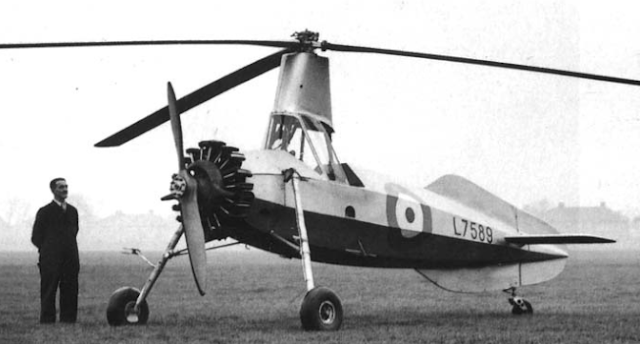The Vickers 6-Ton or Vickers Mark E was a British light armor after Vickers developed on the equity (that is, it is not the result of a national tender). He was licensed by the British army, but exported or product, in large unit numbers. The Soviet T-26 is rejected an improvement of 6-tone. It was the predecessor of 7TP in the Polish army. At the beginning of the Second World War, it was the second most common tank in the world after the French tank Renault FT
History :
 The first Mark E was built in 1928 by a team of specialists including John Valentine Carden and Vyvian Loyd, renowned specialists of their contemporaries. The shell consisted of riveted armor plates; 25 mm for the front and the turret and 19 mm for the rest of the tank. It was equipped with an Armstrong Siddeley Puma engine whose power varied from 80 to 95 hp depending on the version, enabling it to reach 35 km / h on the road, a good result for the time.
The first Mark E was built in 1928 by a team of specialists including John Valentine Carden and Vyvian Loyd, renowned specialists of their contemporaries. The shell consisted of riveted armor plates; 25 mm for the front and the turret and 19 mm for the rest of the tank. It was equipped with an Armstrong Siddeley Puma engine whose power varied from 80 to 95 hp depending on the version, enabling it to reach 35 km / h on the road, a good result for the time.The vehicle suspension was divided into two axes, each of which carried a two-wheeled bogie, connected by a leaf springs suspension to another identical bogie. The upward movement of one forced the other to remain on the ground and vice versa. This was considered a good system although it could not compete with contemporary Christie suspensions. The high-strength steel caterpillars ensured 5,000 km without worry, which was considerable at that time.
The tank was built in two versions:
Type A with two turrets armed each with a heavy Vickers machine gun.
Type B with a two-seater turret armed with a short 47 mm gun and a coaxial Vickers machine gun.
The experimental design of the Type B was rich in lessons for the design of future tanks. For example, a turret of two places makes it possible to increase considerably the rate of fire of the two weapons. This configuration would be taken over by most of the tanks designed after this model. The British Army tried the Mark E, but rejected it because it feared for the fragility of the suspensions.
 Specifications :
Specifications : Main Features
Crew 3 (tank leader, shooter, pilot)
Length 4.88 m
Width 2.41 m
Height 2.16 m
Battle weight 7 300 kg
Shielding
Shield 13 mm
Weapons
Main arming A 47 mm short barrel with 50 shells
Secondary Equipment One or two Vickers machine guns
Mobility
Armstrong Siddeley Puma petrol engine
Power 80 to 98 hp (60 to 70 kW)
Suspension Leaf springs on boggies
Speed on the road 35 km / h
Mass power 11 to 13 hp / ton
Autonomy 160 km






0 commentaires :
Post a Comment